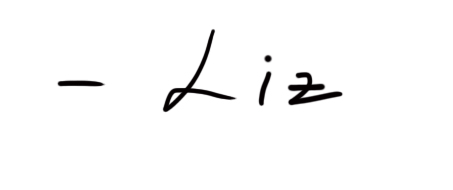Available for Purchase.
"*" indicates required fields
This submission is an inquiry of availability and details but does not guarantee a sale. Thank you for your understanding.

Ian Ingram, Forgotten Offerings, 2010 Charcoal, pastel, beads, and string on paper, 82 1/2 x 51″ (Courtesy Barry Friedman Ltd.)
In 2011 at the first artMKRT, renegade spin off of the SF Fine Art Fair, I was instantly (and blissfully) seduced by the mighty sirens of Ian Ingram‘s monumental self portraits. The two on display—Forgotten Offerings and Pierrot—were startling achievements in the portraiture genre, technically brilliant and dense with iconography. What was most refreshing in an exhibition world dominated by painting, these nearly seven foot tall works were drawings, executed in a truly laborious level of detail through graphite, charcoal, pastel. Further, real-world elements—string, fabric, beads, gold leaf and wire mesh—expertly integrated into the drawings added a unique physical dimension to the work. They also heightened the symbolic meaning of the work. Reality and rendered reality played fluidly with one another.

Ian Ingram, He His, Me My, (Seashells), 2008
Charcoal and pastel on paper, 60 x 44″
The artist’s most important tool might just be his high-magnification shaving mirror.
I recall as a child loving the alone time I was allowed in bathrooms. The assurance of a locked door and walls surrounding ones own personal space provided meditative retreats from chattery school days. . .
I have been staring at my face in a magnified mirror for over 7 years now. Patterns emerge and dissolve. . . . .
When I was working on “The Geometry of Happy Children,” one of the lines began standing out and demanding attention. It was the line that ran along the side of the nose approximately where the bone ends and the cartilage begins. I actually grew annoyed with this line’s insistence, and erased it hoping to quiet it’s demands but it only added significance and so I drew it back in. Paper never forgets though, and that line kept it’s heat and at times I could see little else. Looking back and forth from mirror to paper, the line started taking it’s place on the surface of my skin. When my eyes weren’t on that line, but focused elsewhere, it would begin a trampy little dance for attention in bright magentas and blues until my eyes would dart over to see, and back to flesh it would go. . .
Forgotten Offerings began with an “insistent line.” Over the period of the drawing’s gestation (Ingram’s large scale works can take up to three months to complete), this line led the artist on a journey through his subconscious, an investigation that had Ingram wrestling with his “judgmental/editorial” self. Ingram’s startled expression suggests being “caught in the act,” as if delving into the subconscious were a secrete and illicit undertaking.

Ian Ingram, Pierrot, 2010
Charcoal, pastel, watercolor, gold leaf, and tulle on paper, 82 1/2″ x 51″
(Courtesy Barry Friedman Ltd.)
With Pierrot Ingram pushes farther down the road of the subconscious. Infinitely more sinister than Watteau’s famous mime, Ingram’s bust suggests a different dimension of the famous clown. Here, fear is palpable. Greek tragedy (Argemenon’s mask?); medieval armor (the mesh); a disturbing cleaved scull. Pierrot as the reflection of ego and id, the two halves of man. I am reminded of Pogo’s oft-quoted remark: “We have met the enemy and he is us.”
Says Ingram of the two works:
Pierrot is the companion piece to Forgotten Offerings. Pierrot is vacant and shows the interior space as a void whereas Forgotten Offerings is full of light. The poses obviously mirror one another. They are independent, but polar. The gold leaf in both brings focus to the border—an incredibly potent part of the composition as it is the dividing line between the “real world” and this imagined space of illusion and constructed meaning.
Beyond This Post
Ian Ingram—Divining
Antoine Watteau: The Drawings
Daniel Bordet—Les 100 Plus Belles Images de Pierrot
the deYoung’s Ingram
[cool_tag_cloud on_single_display=”local”]

0 Comments